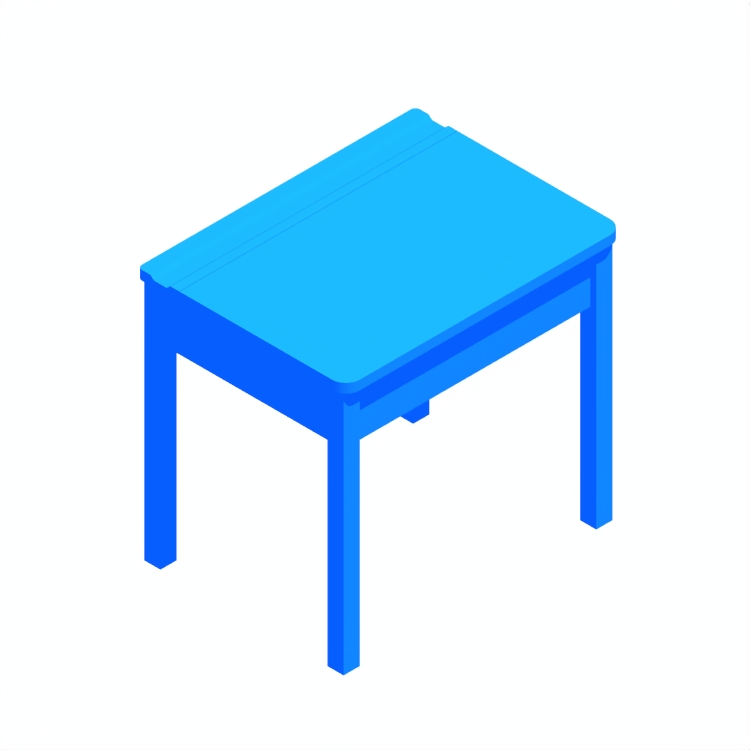
Desks & Work Tables are flat-surfaced pieces of furniture designed to support writing, computing, crafting, and all kinds of focused work. They range from minimalist study desks and large drafting tables to adjustable sit-stand models and collaborative workstations. Found in homes, offices, studios, and schools, they provide structure, comfort, and organization for daily tasks.
Common materials include wood, metal, glass, and engineered composites, often paired with drawers, shelves, or cable systems for storage and order. Whether compact or expansive, Desks & Work Tables shape the way people think, create, and work—balancing practicality, ergonomics, and design aesthetics in one essential surface.
Early forms of Desks & Work Tables were simple wooden slabs supported by trestles, used by scribes, artists, and scholars. In medieval and Renaissance Europe, slanted writing desks appeared in monasteries and study chambers, often richly carved and built to store manuscripts.
The 18th and 19th centuries brought specialized designs such as roll-top desks, secretaries, and drafting tables, reflecting both craftsmanship and social status. Industrialization later simplified materials and production, making desks accessible to schools, offices, and homes. Over time, these surfaces evolved from formal, ornate fixtures into practical tools of productivity—adaptable to changing work habits and technologies.

In the coming years, Desks & Work Tables are becoming more dynamic, modular, and integrated with technology. Many contemporary designs feature built-in charging ports, wireless power, and adjustable heights to encourage movement throughout the day. Materials like bamboo, recycled aluminum, and laminated wood blends are reshaping sustainability in workspace design.
Compact fold-out models and wall-mounted tables suit smaller living environments, while co-working furniture systems promote shared, flexible use. Designers are increasingly focused on health, adaptability, and personalization—turning the desk from a static object into an active platform that supports creativity, comfort, and collaboration in evolving work cultures.
Desks have an average work surface height between 28”-30” (71-76 cm) from the floor.
Desks are designed with a range of styles and sizes with common overall widths between 30”-60” (76-152 cm) and depths between 20”-36” (51-91 cm).
Desk chairs, or office chairs, have seat heights that vary between users with standard seat heights that range from 16”-21” (41-53 cm).































































































